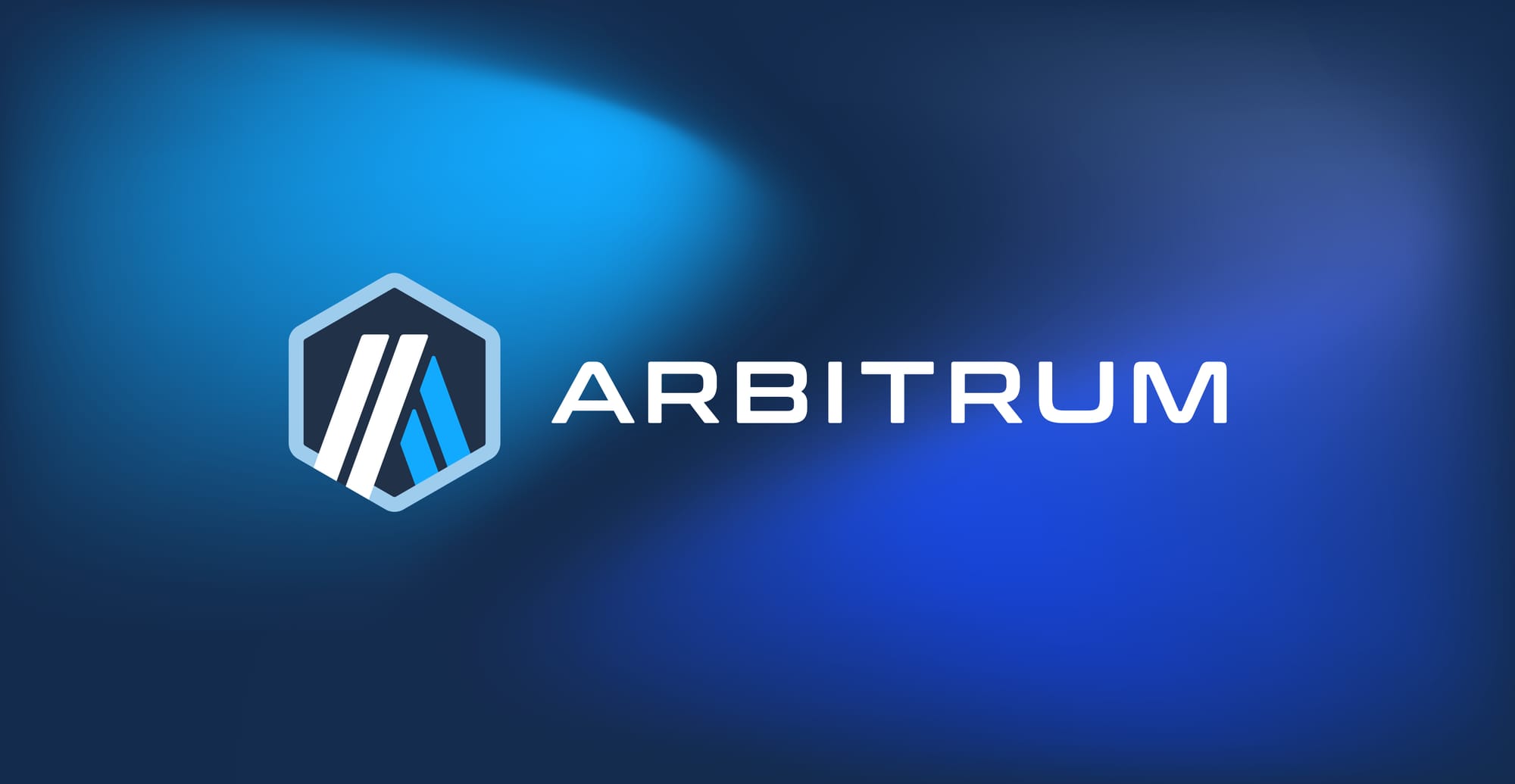Ethereum Layer 2 winner: Arbitrum

Why Arbitrum Dominates Ethereum’s Layer 2 with Record Transaction Volume
In the competitive landscape of Ethereum scaling solutions, one Layer 2 has unequivocally pulled ahead of the pack. Arbitrum not only commands the largest market share but also processes more transactions than any other L2, a testament to its superior architecture and forward-thinking vision. With a staggering 40.88% of the L2 market, over $20 billion in Total Value Locked (TVL), and an average of 3.01 million daily transactions, Arbitrum isn’t just winning; it’s setting the standard.
This dominance is the result of a two-pronged strategy: a battle-tested, highly efficient optimistic rollup framework that delivers scalability today, and the revolutionary Stylus EVM+ upgrade, which unlocks unprecedented performance and opens the door to millions of new developers. Let’s dive into the technical architecture that makes this all possible.
The Foundation of Dominance: Arbitrum’s Optimistic Rollups
At its core, Arbitrum’s success is built on the Arbitrum Nitro technology stack, a masterclass in optimistic rollup design. It achieves massive throughput and cost savings by processing transactions off-chain and then posting a compressed summary to the Ethereum mainnet. This is how it consistently offers transaction fees around $0.05—a 97% reduction compared to Ethereum L1.
The transaction lifecycle is a model of efficiency:
- Submission: A user submits a transaction to the Arbitrum Sequencer.
- Ordering & Execution: The Sequencer, a high-performance node, orders the transactions and executes them using the Arbitrum Virtual Machine (AVM). It provides the user with an instant “soft confirmation,” delivering a near-instant user experience.
- Batching & Compression: Every few minutes, the Sequencer groups 5,000-6,000 transactions into a compressed batch.
- Posting to L1: This compressed batch is posted to Ethereum as
calldata, inheriting the full security and decentralization of the mainnet at a fraction of the cost.
This architecture enables a theoretical throughput of 4,000 TPS and has been battle-tested with over 1.9 billion transactions processed to date.
Security is paramount, and Arbitrum employs a sophisticated interactive fraud-proof system. In the event of a dispute, an interactive game narrows down the disagreement to a single computational step, which is then verified on-chain. The recent deployment of the BoLD (Bounded Liquidity Delay) protocol further strengthens this by enabling permissionless validation and guaranteeing that a single honest validator can win any dispute against an unlimited number of malicious actors, all within a fixed time window.
The Game Changer: Stylus EVM+ and the Multi-Language Revolution
While Nitro secured Arbitrum’s present dominance, the Stylus EVM+ upgrade, launched in September 2024, is securing its future. Stylus introduces a groundbreaking MultiVM architecture that runs a WebAssembly (WASM) virtual machine alongside the traditional EVM.
This is a paradigm shift for two key reasons:
-
Radical Performance Improvements: By compiling code to WASM instead of EVM bytecode, Stylus achieves 10-100x faster execution for compute-intensive operations. Furthermore, it introduces a novel exponential pricing model for memory, making RAM 100-500x cheaper. This unlocks application categories—like on-chain AI, complex financial modeling, and generative art—that were previously computationally infeasible.
-
Expanding the Developer Base: For the first time, developers are not limited to Solidity. Stylus allows smart contracts to be written in mature, high-performance languages like Rust, C, and C++. This expands the potential developer pool from roughly 20,000 Solidity specialists to over 3 million programmers already proficient in these languages, representing a 150x increase in talent.

Unprecedented Synergy: Where WASM and EVM Work as One
The genius of Stylus lies in its seamless integration. It creates a coequal virtual machine environment where WASM and EVM contracts are perfectly interoperable. A Solidity contract can call a Rust contract (and vice-versa) within the same transaction, accessing the same state storage, without any special wrappers or compatibility layers.
This synergy allows developers to use the best tool for the job. They can write performance-critical logic in Rust while leveraging existing, battle-tested DeFi protocols written in Solidity. All of this is secured by Arbitrum’s existing fraud-proof mechanism, which was designed from the ground up to prove the execution of any arbitrary machine code, including WASM.
The results are already transforming the ecosystem:
- Renegade, a dark pool DEX, uses Stylus to verify zero-knowledge proofs on-chain, cutting settlement costs to just $0.30 per trade.
- Superposition built a concentrated liquidity AMM in Rust that is 4x cheaper than Uniswap V3.
- CVEX deployed an advanced portfolio margin system for derivatives with trading fees 16x lower than centralized counterparts.
Ecosystem Momentum and the Path Forward
The developer community has responded with overwhelming enthusiasm. The Stylus Sprint grant program was 640% oversubscribed, with 147 high-quality teams requesting development funds. Major infrastructure providers like OpenZeppelin, Etherscan, and Tenderly have already integrated full support, providing a mature ecosystem for building, auditing, and debugging Stylus contracts.
With $630 million in daily DEX volume and a thriving ecosystem of over 400 deployed applications, Arbitrum’s economic activity is undeniable.
Conclusion: A Platform Built for Today and Tomorrow
Arbitrum’s position as the leading Layer 2 is no accident. It is the direct result of a superior technical foundation that offers unparalleled speed, low costs, and robust security. This has attracted the deepest liquidity and the largest user base.
Now, with Stylus EVM+, Arbitrum has shattered the long-standing trade-off between performance and EVM compatibility. By welcoming millions of developers from the broader Web2 world and enabling a new class of high-performance applications, Arbitrum is not just leading the Layer 2 race—it’s defining the future of blockchain development itself.